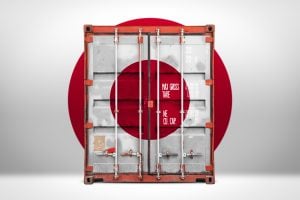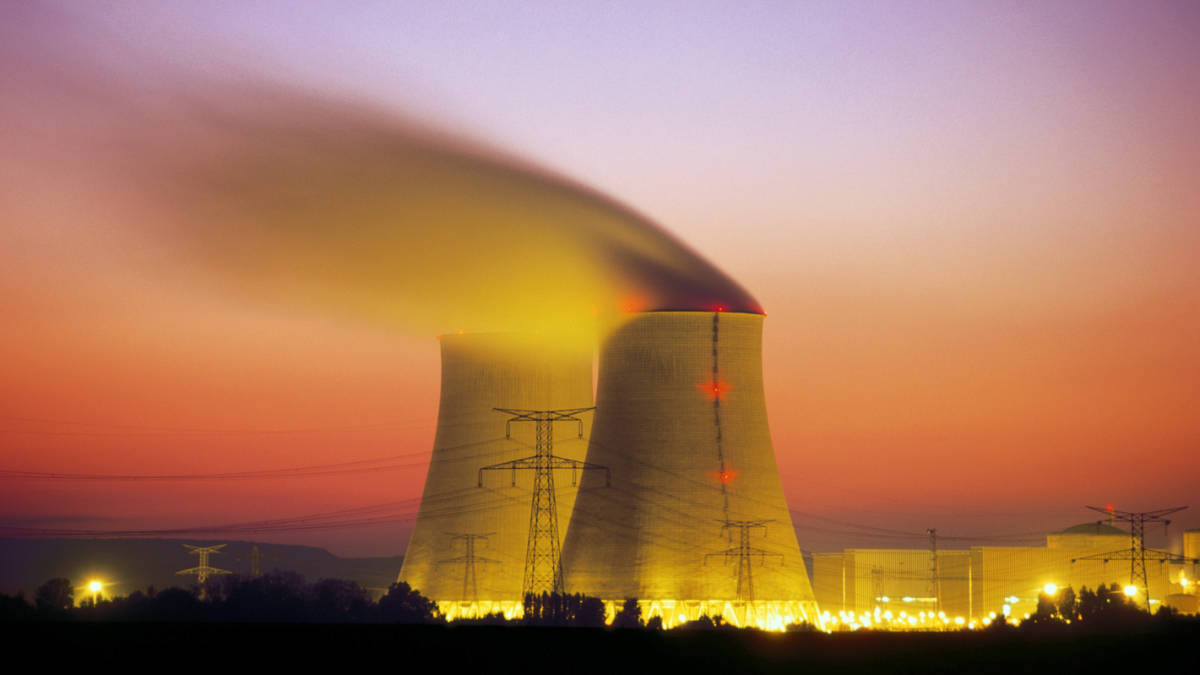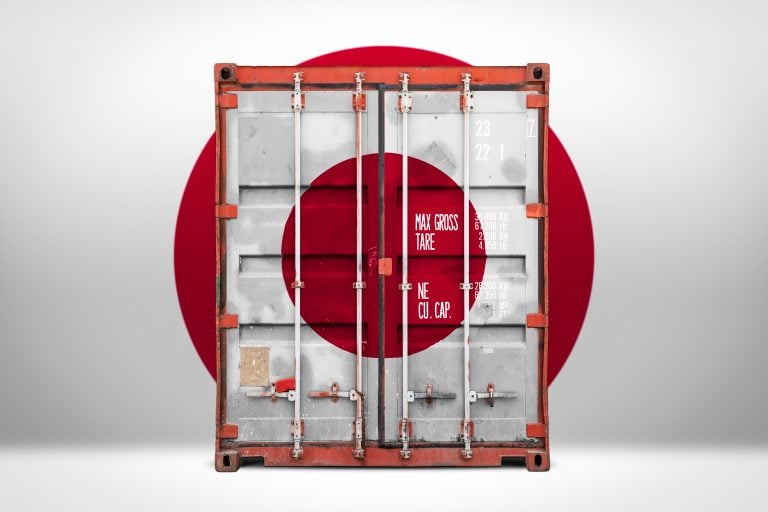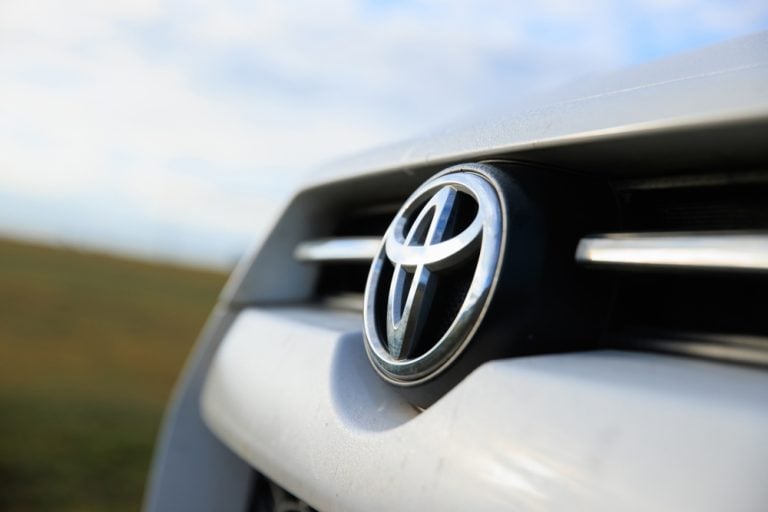Veteran uranium executive Peter Batten leading Senegal-focused explorer into next phase of resource growth
If developed, Saraya will be Senegal’s first uranium mine
Saraya hosts the same sodium metasomatic mineralisation as most Ukraine uranium mines, as well as Brazil’s largest yellowcake deposit and an undeveloped Paladin project in Canada
Haranga funded for upcoming exploration following recent placement – 3x oversubscribed with strong institutional support
Seasoned resources executive Peter Batten did not hesitate when presented with the opportunity to pioneer development of Senegal’s first uranium mine.
Batten joined Haranga Resources (ASX: HAR) as managing director in early September, bringing more than 30 years of experience across a range of exploration, operational and technical roles.
Perhaps most crucially, Batten is the former managing director of Namibian uranium hopeful Bannerman Resources (ASX: BMN), where he played a hand in defining over 100Mlbs of U3O8 in resources.
He then shifted focus to Utah where he successfully negotiated a toll milling and sales agreement for White Canyon Uranium prior to its takeover by Canada’s Denison Mines in early 2011.
At the time, White Canyon was the only ASX-listed junior uranium company in production and the first to be approved for yellowcake mining in Utah in 30 years.
Recently, Batten has been at the helm of silica sands developer Carbine Resources (ASX: CRB) but could not turn down the chance to return to his uranium roots when approached by the team at Haranga, especially with sentiment in the sector returning to levels not seen since the Fukushima incident more than 12 years ago.
“This next bull run in uranium has been coming since 2010,” Batten told Stockhead.
“The fundamentals were building up, there was an 8-10Mlbpa shortfall, everybody was talking about the uranium cliff before Fukushima happened and all of a sudden there was 10Mlb of uranium floating in the system with no home to go to.
“People have been working down their stockpiles, they are now at an all-time low and secondary uranium is decreasing annually in its contribution. Keep in mind the Russian nuclear disarmament program is finishing up and the rest of the world is building more reactors.
“There’s currently 458 operating reactors, there’s 58 under construction at the moment and there’s another 104 that are planned. So it does seem that this interest in uranium can be sustained.”
Haranga Resources controls 1,650km2 of tenure in East Senegal. Pic via HAR
Maiden resource a foundation for growth
Batten had barely settled into the managing director’s chair when Haranga delivered its biggest milestone since listing early last year – a maiden resource estimate for its flagship Saraya uranium project in East Senegal.
The inferred resource of 16Mlb at 587ppm eU3O8 (250ppm cut-off) is limited to just 0.2km2 of the permit area and contains a large, higher grade (13Mlb at 641ppm eU3O8) potentially open-pittable component within 160m of surface.
Haranga calculated the resource based on a database of 541 historical drill holes, together with the results from its own drilling at Saraya.
Batten said while the company was satisfied with those numbers, more work needed to be done to assess the other opportunities on the permit area before contemplating a development strategy.
“The size of it is almost sufficient for a standalone operation, but we’re in Senegal which doesn’t have any other nuclear projects, so we’re going to have to develop everything ourselves, in conjunction with the Government, to get an exploitation process going for any future development,” he said.
“Saraya is not closed off and that MRE is 100% inferred. With a little bit of metallurgical work and a little bit more work on the database, we expect it will be upgraded but we just want to do a little bit more work before we pull the trigger on that.
“Certainly the consultant who did the original MRE, Alf Gillman, is comfortable with the quality of the data we have to go and upgrade it.”
Saraya is one of seven prospects along a 25km mineralised corridor which Haranga plans to progressively test and push towards a potential resource. The next cabs off the rank will be Diobi and Sanela.
New anomalies up to 17ppm uranium were recently identified at Sanela which extends over 2km along a north-northeast structural trend similar to Saraya.
“We have a termite-mound anomaly which is showing us there’s something underneath, but what it doesn’t tell us is exactly where it is and how it’s lying in the ground,” Batten said.
“A lot of the historical drill holes have missed what appears to be the anomaly that we’ve identified. There are holes there, they do indicate there is uranium in the system, but they don’t give us any better idea of where the uranium is. We’ll be doing some auger drilling very shortly so we can target RC drilling at it next year.”
Haranga is undertaking further work on termite-mound anomalies at Saraya. Pic via HAR
Mineralisation not unique but a first for Senegal
Discovered by French nuclear fuel company COGEMA (later Areva) in the 1960s, Saraya was subjected to almost 70,000m of drilling prior to Haranga picking up the sodium metasomatic-hosted project in recent years.
Many uranium mines in Ukraine are based on the same sodium metasomatic modelling, as is the Caetité deposit in Brazil and Paladin Energy’s (ASX: PDN) undeveloped Michelin resource in Canada.
“COGEMA and Areva had difficulty putting it together, part of that was because that whole region of Senegal is covered by a lateritic plateau, which basically forms a mask over the top of the geology,” Batten explained.
“Radiation doesn’t penetrate very far, so doing aerial radiometrics – which is normally the first thing you do to look for uranium – doesn’t work unless there’s been erosion. The reason they went to Saraya first is that lateritic layer has been eroded by weathering and what was poking through was the underlying Saraya granite and the sodium metasomatic structures within that.”
Haranga is well funded to conduct its near-term exploration plans in Senegal thanks to a $2.86 million capital raising that was three-times oversubscribed and will be completed over two tranches.
Shareholders are set to meet on 6 December to approve the second tranche, which Batten said would see several institutional investors join the company’s register.
“One of the institutions put out an article which praised Haranga as a potential star of the future,” he said.
“The market is very, very keen for something they can see has a solid resource and the potential for a meaningful expansion on that.”
Haranga is seeking to develop Senegal’s first uranium mine. Pic via HAR
Strong outlook for new uranium production
Uranium spot prices are currently trading at almost 13-year highs of near US$75/lb while long-term prices are also at their best levels in more than a decade.
Batten said it was clear the market was gaining considerable appetite for new sources of uranium.
“Uranium is now accepted as a green energy and it’s being taken up by countries that were formerly anti-nuclear because they realise now that they need stable baseload power generation connected to the national grids,” he said.
“A nuclear reactor can produce power 24-7, 365 days a year, whereas renewables can’t. And most of the reactors out there today have given over 50 years of solid reliable performance, some of them 70 years.
“Realistically, in the 70 years they’ve been operating, there have been three major incidents, of which two were disasters, being Fukushima and Chernobyl. Interestingly, Three Mile Island is a great example of containing an issue in a reactor and it was only a few years ago the twin reactor there celebrated its 50th birthday without a glitch.”
Should rising prices continue to incentivise new uranium production, Haranga will still be faced with the challenge of developing Senegal’s first yellowcake operation.
Batten expects the International Atomic Energy Agency (IAEA) to assist both company and country with setting the foundations for a uranium industry, as they have done previously for other African jurisdictions such as Malawi and Tanzania.
Having also worked in neighbouring Guinea during his three-decade long career, Batten has no reservations about doing business in Senegal.
“There are perceived risks, but I’ve worked in Guinea and other countries in West Africa and I can tell you Senegal is a much easier place to operate,” he said.
“It’s perhaps not as easy as Namibia, which is one of the nicest places in the world to operate, but this is a very, very good opportunity to get into production and we can see the path forward to getting there.”
This article was developed in collaboration with Haranga Resources, a Stockhead advertiser at the time of publishing.
This article does not constitute financial product advice. You should consider obtaining independent advice before making any financial decisions.
The post Batten down the hatches: New Haranga boss prepares for next uranium boom appeared first on Stockhead.






















+ There are no comments
Add yours